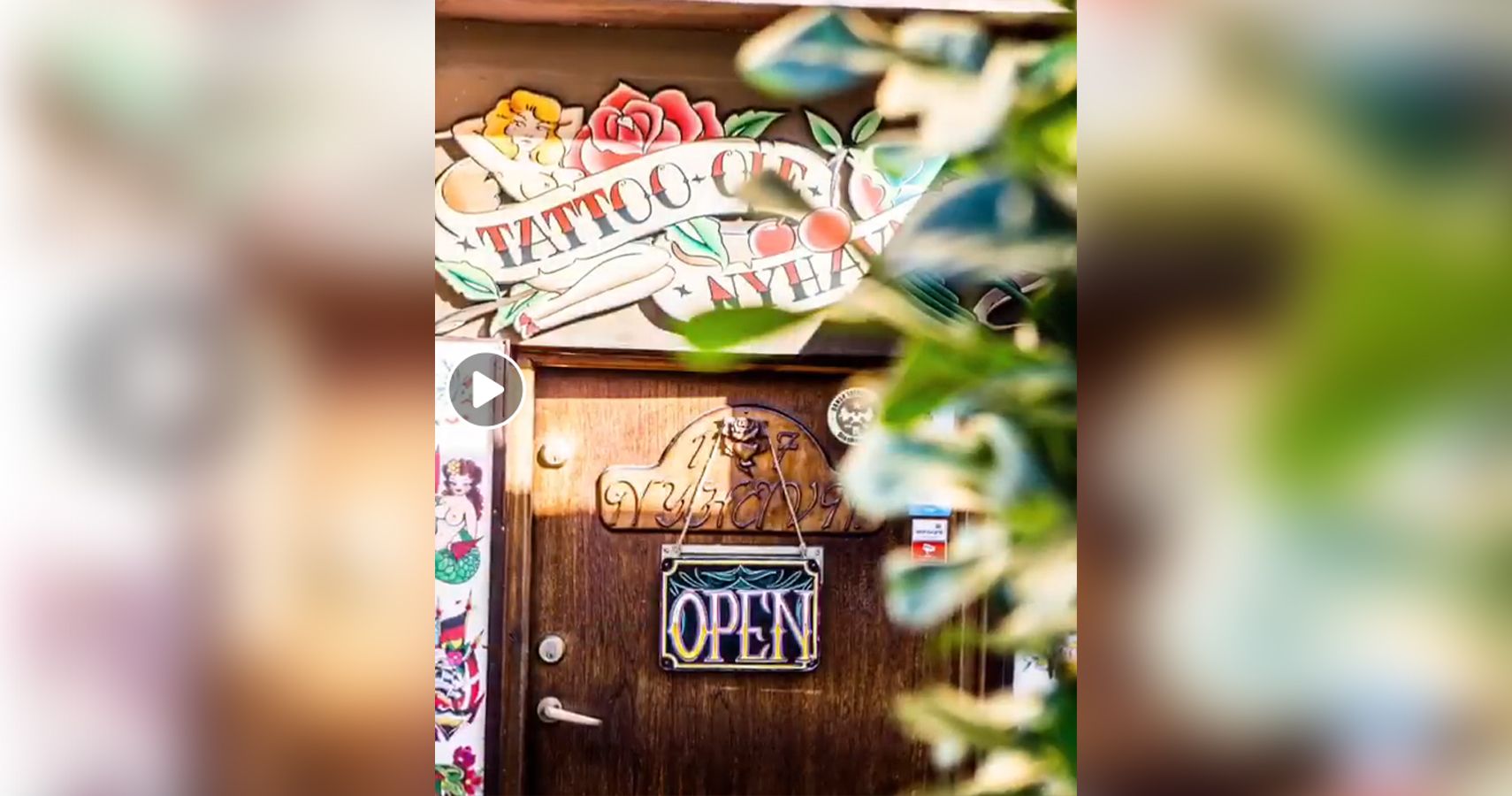In Copenhagen, supporters of an establishment best known for inking are trying to prevent it from turning into a venue for eating and drinking. In particular, they're trying to convince owners of a building housing what is reportedly the world's oldest tattoo parlor, not to convert the venerable studio into a kitchen.
It may not just be the Tattoo Ole parlor that's on the line, despite its impressive history. It could very well be the legitimacy of tattooing status as an artistic discipline in Denmark that might also be put up on the block.
“Tattooing is part of our shared cultural history," said one proponent of keeping Tattoo Ole open. "Historically significant shops need to be protected lest they be lost, and with them an important piece of history.”
READ MORE: Taxi Services Are Striking Across Spain And It Might Affect Your Holiday
There aren't any known accounts of Tattoo Ole failing financially. It's that the owners of the Nyhavn 17 building that want to expand a current restaurant on the premises into the space the parlor exists. More than 10,000 supporters have signed a petition to keep the shop where it is, although the final decision surrounding the future of Tattoo Old will take place in a Copenhagen courtroom later in September.
Understandably nervous over the proceedings that will happen this fall is the shop owner Majbritt Peterson, often called Lille Ole by many of her clients and several people who live in the area. “It’s not just my shop, even if it is my shop today," she said. "It is also all the other guys’ shop who had it before."
Tattoo Ole has enjoyed prosperous times since opening shop in 1884. One of its most famous clients was Frederick IX, who ruled Denmark from 1947 to 1972. For nearly a century, it monopolized Scandinavia's tattoo industry as the only shop operating in the region. It's since become the go-to spot for a tattoo for years as hipsters, sailors, and anyone wanting to be indelibly stamped visited the location for a tattoo that would, in some way, be connected to the shop's legacy.
It's also not just its history that has helped make Tattoo Ole famous. In the 1950s and 1960s, when the beatnik revolution hit its stride, an employee named Bimbo made his mark as being among the best tattoo artists in the world. Even with the tattoo industry exploding into an art form that's at its prime and showing no signs of slowing down anytime soon. Tattoo Ole is still a prominent figure in the movement, as evidenced by the support of body art aficionados hoping the store will keep going.
One fan who signed the petition from elsewhere in the world indicated the place the company has in the entire legacy of the skin art form. “This is tattoo heritage, it cannot be destroyed.”
READ MORE: 20 Of The Best Places In Europe To Do A University Exchange

